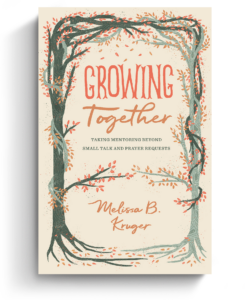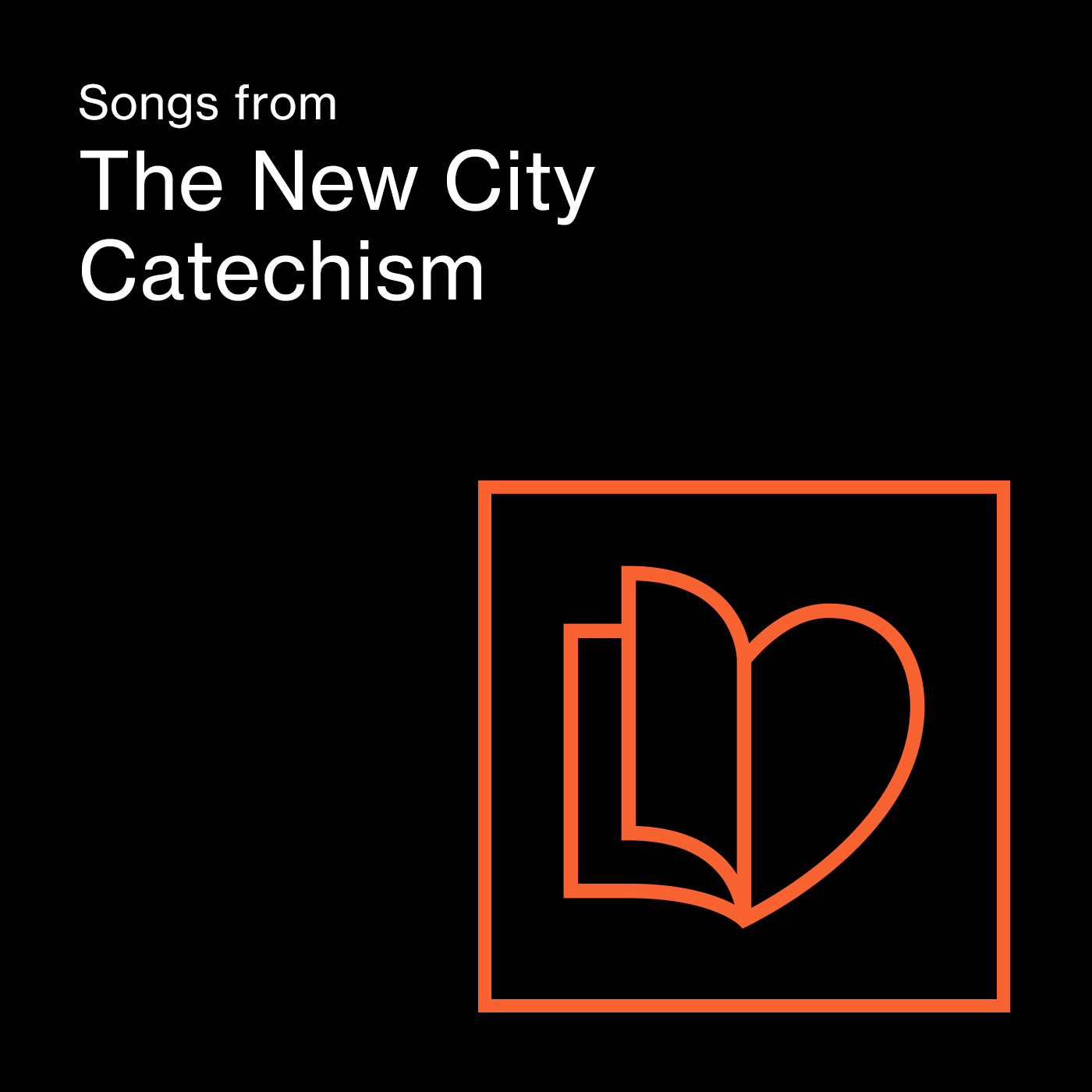When John Calvin settled into the work of Reformation in Geneva in the fall of 1536, it wasn’t because he was impressed with the state of affairs he found. In fact, Guillaume Farel had to threaten him with divine judgment on his studies if he should abandon the work Farel was certain God had placed on Calvin. But that’s another story.
Commenting on the state of affairs in Geneva, Calvin recalls:
When I first came to this church, there was next to nothing. There was preaching, but that was all. Images were hunted and burned, but there was no reform. Everything was in tumult.
He wasn’t exaggerating by much. When Geneva declared for Reformation a few months earlier, nearly the entirety of its clergy (between 5 percent and 10 percent of the city’s population) cleared out, leaving little in the way of an organized church.
Calvin and Farel had their work cut out for them.
Key to the Reformation?
What would be your game plan for reforming the church of a whole city that’s been Roman Catholic for hundreds of years until basically last Tuesday? A couple things come to mind. First, you’d probably want to draw up a good confession of faith, just to get the pastors and the city on the same doctrinal page. Second, a good polity and church constitution might come in handy. After that, some of us might be tempted to put a bow on it and just get to preaching.
Not Calvin. He knew that if the Reformation in Geneva was to be more than a flash in the pan, the people and especially the children would need to know the faith for themselves. They would need to be catechized. As Calvin put it, “The church of God will never preserve itself without a catechism, for it is like the seed to keep the good grain from dying out, causing it to multiply from age to age.”
And so, after hammering out the confession and articles organizing the church, Calvin got to work on a catechism in 1537 that centered on expounding the Apostles’ Creed, the Ten Commandments, and the Lord’s Prayer. Indeed, Calvin’s commitment to catechesis was so strong that even after his brief exile, he only returned to Geneva on the condition that the council make catechetical instruction mandatory. He also rewrote and expanded his catechism to the 373 questions and answers of the Geneva Catechism (1541).
This catechism (or shortened versions) was used by pastors, parents, and teachers to instruct children in the faith. Parents especially were responsible to make sure they were forming their children at home and taking them to catechetical courses, so that children could make a good confession before admittance to the Lord’s Table.
Biblical and Covenantal
Why did Calvin—and so many Reformers including Luther, Zwingli, Bucer, and others—place such a great emphasis on catechizing the church, especially its children? Why did they consider instruction in the outlines of the faith so crucial in the project of reforming the church?
First and foremost, it’s biblical. In his great speech on the plains of Moab, Moses declared to Israel all it must remember and do in order to remain faithful in the promised land. Deuteronomy 6:4–7 lays out what we might call the “catechetical imperative”:
Hear, O Israel: The LORD our God, the LORD is one. You shall love the LORD your God with all your heart and with all your soul and with all your might. And these words that I command you today shall be on your heart. You shall teach them diligently to your children, and shall talk of them when you sit in your house, and when you walk by the way, and when you lie down, and when you rise.
Israel was to know the statutes and commands and teach their children why they were to follow them: The Lord is our savior who rescued us from Egypt, freeing us to live in righteous communion with him (Deut. 6:20–24). It was not enough for the present generation to know what God had done. No, Israel as a whole needed to own the Lord as God and know the way they should walk.
Catechesis keeps the covenant from dying out after one generation. In that sense, catechesis is covenantal.
Beyond the Flannelgraph
“Okay, but why catechesis?” some might wonder. “Why not simply teach our children Scripture? Let them get to know the stories of the Bible and the rest will take care of itself.”
For one thing, using a catechism doesn’t mean you stop teaching Scripture. In fact, catechisms are designed to help with that.
Like confessions, catechisms function as a roadmap or guardrail to prevent us from falling into errors or twisting biblical teaching. The classic catechisms help the believer cover the range of Christian spirituality while setting everything in its proper context: the creed (what to believe), the commandments (how to live), and the Lord’s Prayer (how to pray).
So for instance, since most catechisms deal with the creed, which lays out the broad outline of the biblical storyline while ruling out some major errors (Gnosticism, Marcionism, Pelagianism, and so on), they actually form an entryway into the story of Scripture. What’s more, since we’re taught the theology of Scripture alongside the commandments and prayer, we avoid the danger of thinking doctrine is mere head knowledge and not a matter of the hand and the heart.
Further, since catechisms treat the commandments next to clear statements about salvation by grace alone, they help us teach our kids how to live without falling into the errors of legalism or license.
So often parents don’t engage their children on Scripture or the faith because they’re worried they don’t know enough, or they’ll make a big mistake. A good catechism is one of the best tools for teaching your child the Scriptures.
If you’ve desired to teach your children biblical truth, but are intimidated by the notion of it or are unsure where to begin, catechism is perhaps the best vehicle for embarking on this noble quest. You’ll be following in a long line of godly men and women who’ve employed this foundational means. Catechesis of children eventually leads to catechesis of community, which builds faithful churches over the long haul.
Related:
Now available: The New City Catechism Curriculum, 52 lessons designed to help children ages 8–11 learn the core doctrines of the Christian faith in a Sunday school, classroom, or homeschool setting. Order yours today!
Involved in Women’s Ministry? Add This to Your Discipleship Tool Kit.
 We need one another. Yet we don’t always know how to develop deep relationships to help us grow in the Christian life. Younger believers benefit from the guidance and wisdom of more mature saints as their faith deepens. But too often, potential mentors lack clarity and training on how to engage in discipling those they can influence.
We need one another. Yet we don’t always know how to develop deep relationships to help us grow in the Christian life. Younger believers benefit from the guidance and wisdom of more mature saints as their faith deepens. But too often, potential mentors lack clarity and training on how to engage in discipling those they can influence.
Whether you’re longing to find a spiritual mentor or hoping to serve as a guide for someone else, we have a FREE resource to encourage and equip you. In Growing Together: Taking Mentoring Beyond Small Talk and Prayer Requests, Melissa Kruger, TGC’s vice president of discipleship programming, offers encouraging lessons to guide conversations that promote spiritual growth in both the mentee and mentor.


































